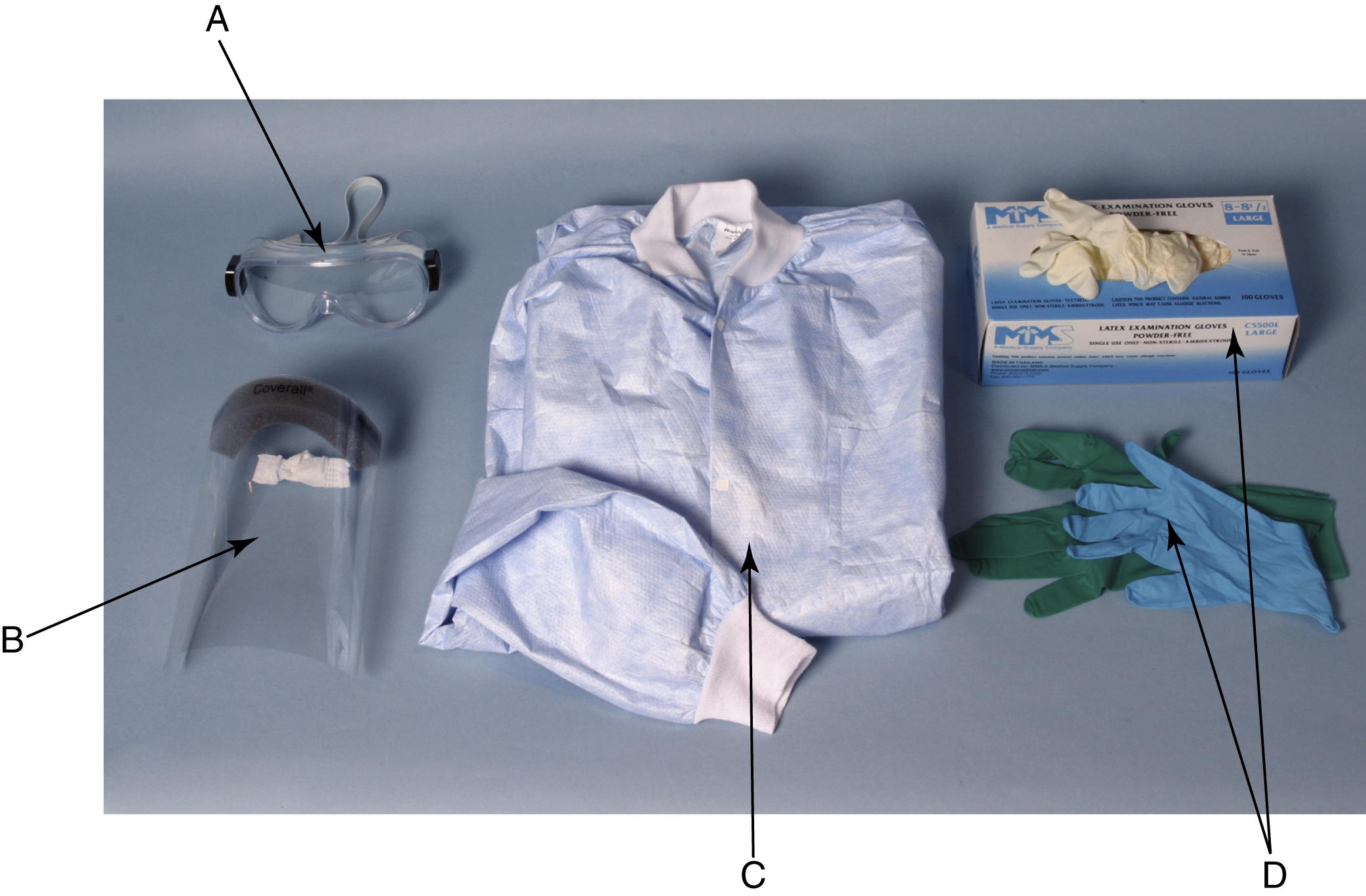Droplet Precautions, guidelines recommended by the Centers for Disease Control and Prevention for reducing the risk of droplet transmission of infectious agents. Droplet transmission involves contact of the conjunctivae or the mucous membranes of the nose or mouth of a susceptible person with large-particle droplets (larger than 5 μm in size) containing microorganisms generated from a person who has a clinical disease or is a carrier of the disease. Droplets are generated from the source person primarily during coughing, sneezing, talking, and performance of certain procedures such as suctioning and bronchoscopy. Transmission of large-particle droplets requires close contact between source and recipient persons because droplets do not remain suspended in the air and generally travel only short distances (usually 3 feet or less). Special air handling and ventilation are not required to prevent droplet transmission because droplets do not remain suspended in the air. Droplet Precautions apply to any patient known or suspected to be infected with epidemiologically important pathogens that can be transmitted by infectious droplets. See also Standard Precautions, Transmission-Based Precautions.

